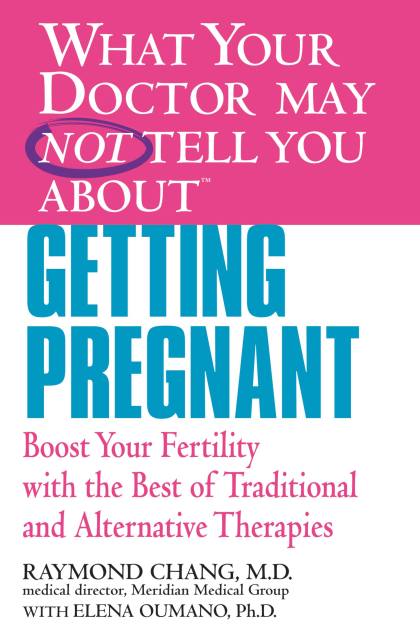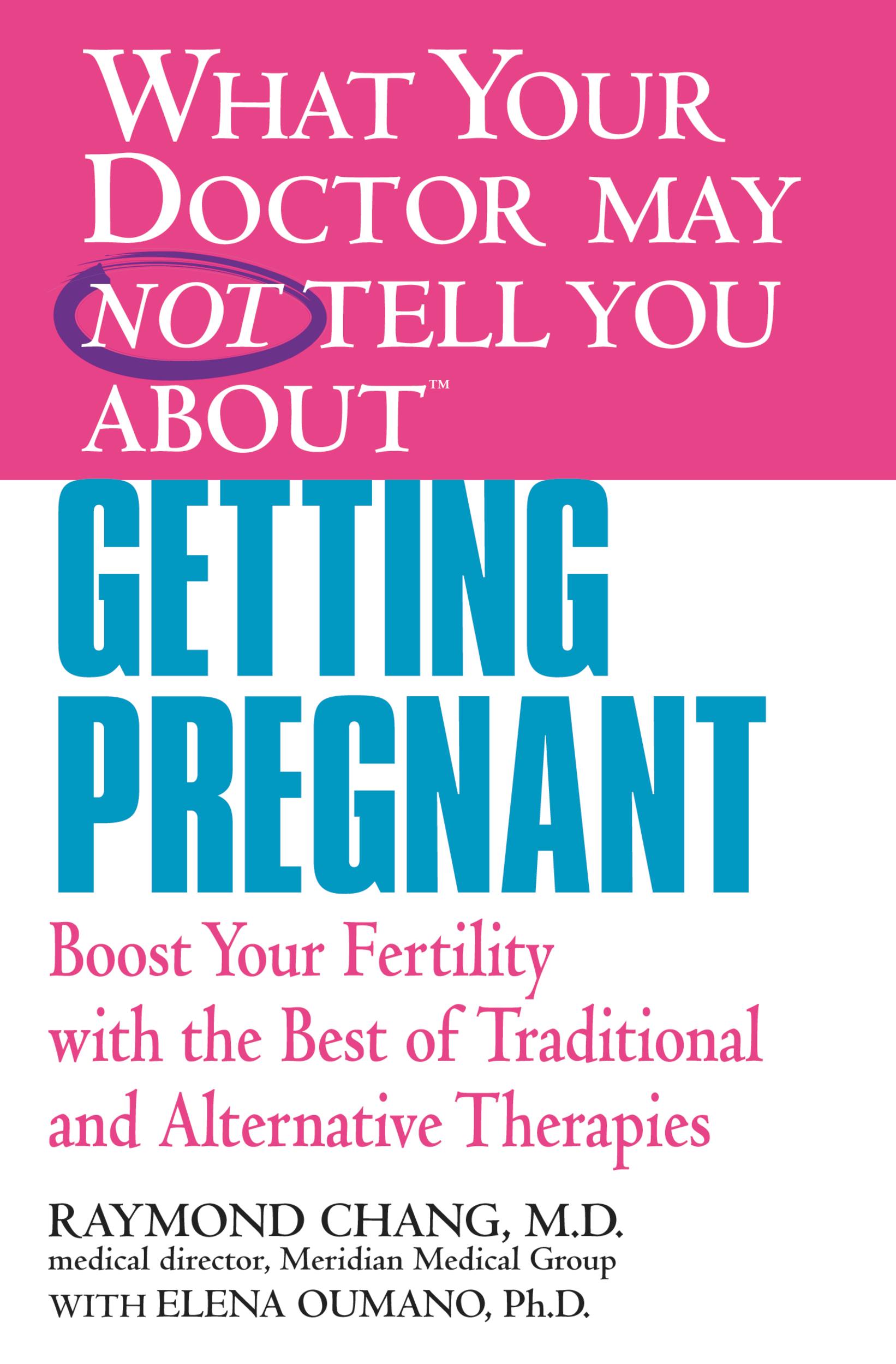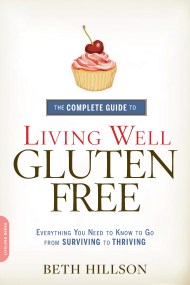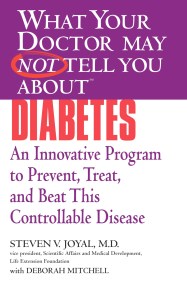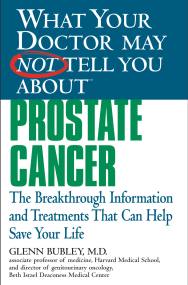Promotion
Use code MOM24 for 20% off site wide + free shipping over $45
WHAT YOUR DOCTOR MAY NOT TELL YOU ABOUT (TM): GETTING PREGNANT
Boost Your Fertility with the Best of Traditional and Alternative Therapies
Contributors
By Raymond Chang, MD
By Elena Oumano, PhD
Formats and Prices
Price
$9.99Price
$12.99 CADFormat
Format:
ebook (Digital original) $9.99 $12.99 CADThis item is a preorder. Your payment method will be charged immediately, and the product is expected to ship on or around June 27, 2009. This date is subject to change due to shipping delays beyond our control.
Also available from:
Genre:
- On Sale
- Jun 27, 2009
- Page Count
- 304 pages
- Publisher
- Grand Central Life & Style
- ISBN-13
- 9780446562263
Newsletter Signup
By clicking ‘Sign Up,’ I acknowledge that I have read and agree to Hachette Book Group’s Privacy Policy and Terms of Use
